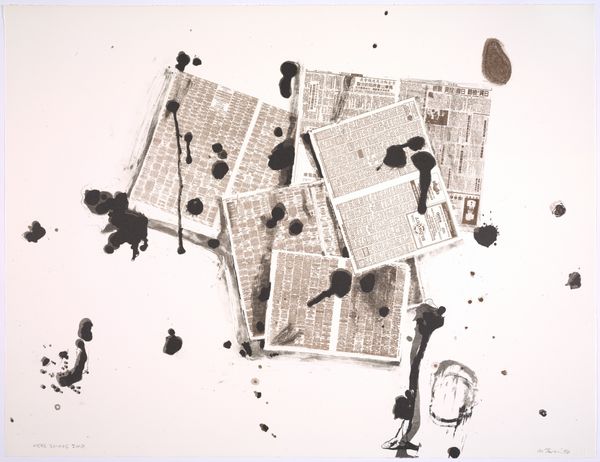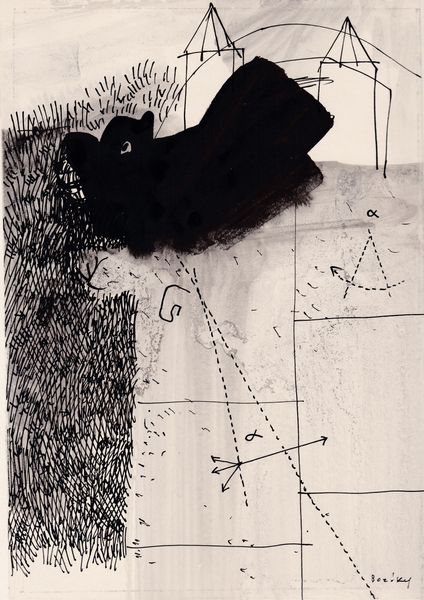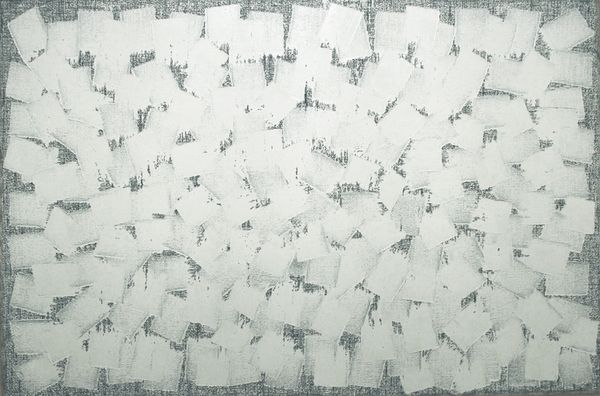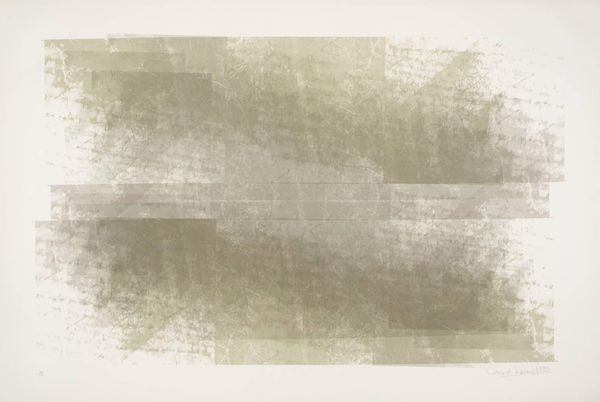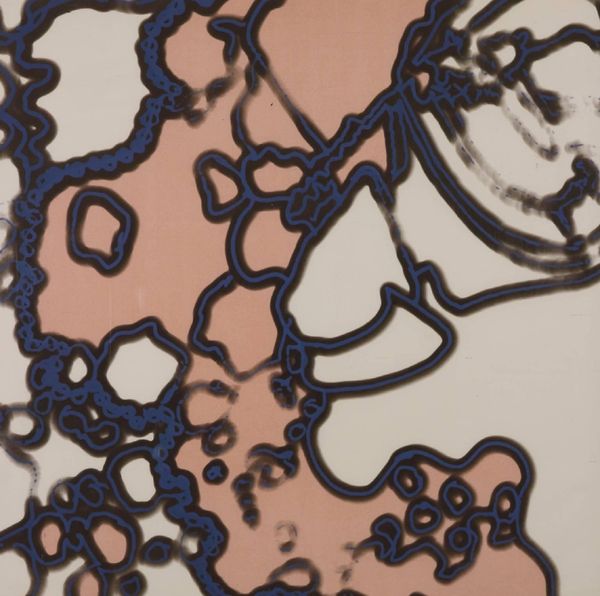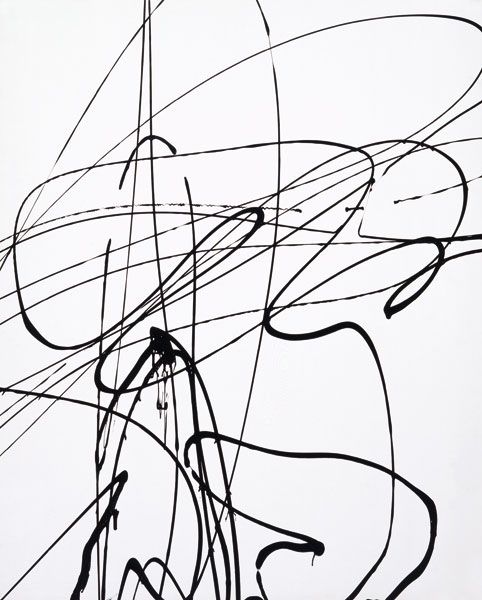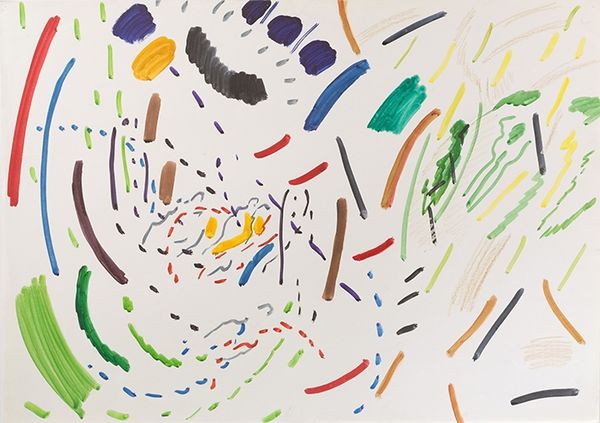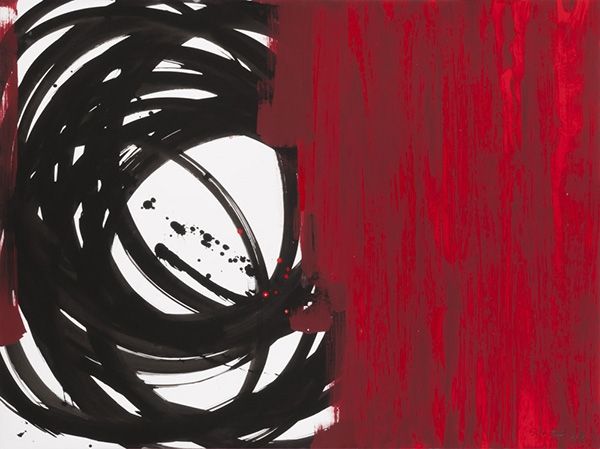
#
organic
#
minimalism
#
pattern
#
op art
#
organic pattern
#
geometric
#
abstract-art
#
abstraction
#
line
#
abstract art
Dimensions: 38 x 49 cm
Copyright: Creative Commons NonCommercial
Editor: So, this is Pablo Rey's "Espacio Recorrido #102" from 2000. The black shapes and thin lines against the white feel almost map-like. What do you see in this piece? Curator: I see a subtle critique of power structures embedded within cartography itself. Consider the seemingly random, organic forms – do they challenge our inherent biases towards structured, controlled representations of space? Editor: That’s interesting, I hadn’t considered that. It felt more like an abstraction, but I see what you mean. Are you suggesting the ‘map’ aesthetic is intentional? Curator: Intention is complex, isn’t it? But abstract art post-20th century consistently confronts historical modes of representation. Rey's minimalist aesthetic pushes us to examine what is absent, or perhaps deliberately obscured. Who gets to define these "spaces" and for what purpose? What is being erased or marginalized by the geometric framework and where are the people who inhabit them? Editor: That makes me think about land ownership and how maps historically supported colonial claims. Is the artist responding to a specific historical event? Curator: Not necessarily a specific event, but the legacies of colonialism are ongoing. Rey's work enters a conversation with feminist geographers and critical cartographers who explore how power relations are embedded in spatial representation. Editor: So the seemingly simple pattern becomes a way of questioning those power dynamics. Thanks, that really shifted my perspective. Curator: Precisely. It’s a reminder that even minimalist abstractions can carry significant cultural weight.
Comments
No comments
Be the first to comment and join the conversation on the ultimate creative platform.
